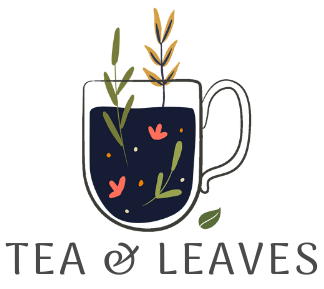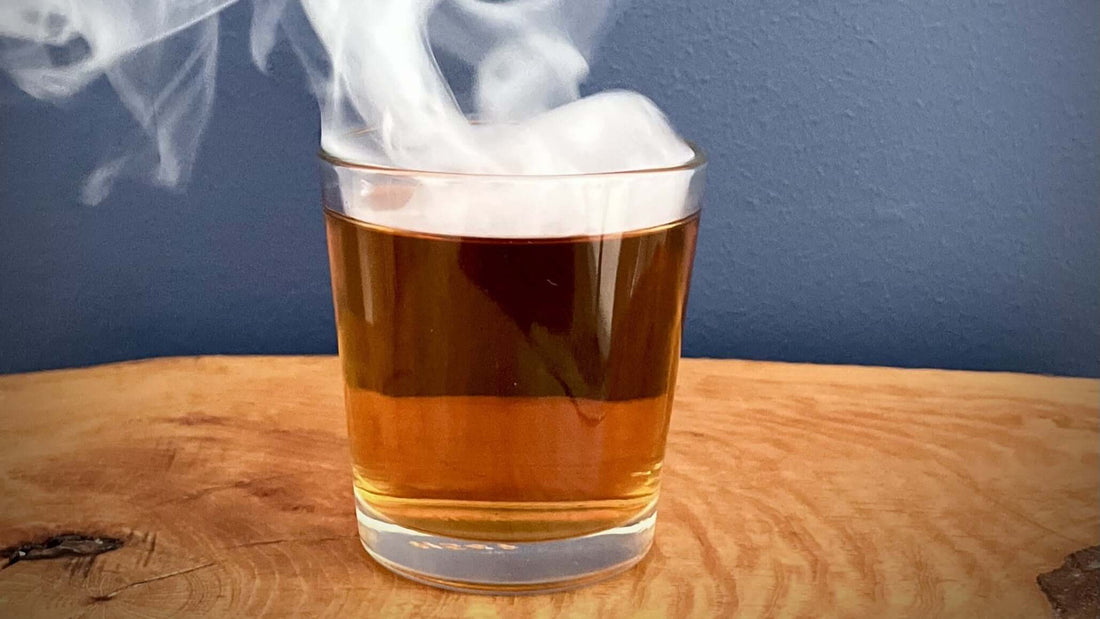Is smoky tea just tea that’s been smoked? Does it have more benefits than unsmoked tea?
We’ll admit, smoky tea is a deceptively vague description of an ancient and intriguing type of tea; when you find ‘your kind’, it could be the tea that adds a sophisticated kick to your daily tea routine (with some unusual benefits too!)
Intense, burnt, rich and complex; smoky tea describes the process of making this tea and the unique flavour. Smoky teas often start with a base of a type of Chinese black tea called Souchong (which is the grade of leaf used). The leaves are traditionally smoked over a fire made from pinewood giving it its intensity characteristic of black tea, and its delicate overlayer of pinewood smoke. Typically, each differentiation of smoky tea is described as having a grade of smokiness (from the delicate cocoa taste of Keemun black tea, to the robust and distinct Lapsang tea).
There are many kinds of smoky teas; lapsang tea, gunpowder tea, russian caravan tea, and hojicha are typically the most popular kinds. Why are they so popular? They’re creative! Each kind of tea has different ways of being smoked, and can be made of different combinations of leaf grades.. Mostly though, their unique taste is complex and deep, and their smoky aroma is comforting and reminiscent of a crackling campfire. Sound like your ‘uh-hum’ cup of tea?
Let’s go back to the beginning of smoky tea's long history.
Smoky teas began with ancient tea-making traditions that sought to preserve and enhance tea leaves' flavours. Tea’s journey from field to cup wasn’t always as quick as first class Royal Mail (though, some days it might’ve been); tea trains originally constituted bands of caravans and wagons crossing various continents and terrains. In such cases, like the Russian Caravan tea, smoking the teas was integral to preserve their flavours and protect them from the atmosphere. Traditional smoking methods for these journeys (notably associated with Chinese and Russian cultures) gave birth to two iconic smoky tea varieties:
Traditional Lapsang Souchong, known for its bold and unmistakable smokiness, has its roots in China. The tea leaves would be smoked over pinewood fires, infusing them with a deep smoky flavour and an earthy, resinous aroma. Beyond its taste, Lapsang Souchong holds cultural significance in Chinese tea culture, often served during important gatherings and celebrations.
Currently, lapsang teas smoked under certain techniques are banned under EU law, due to a concern that the residue is carcinogenic. However, lapsang teas that are lightly roasted instead of smoked, do comply with the European Regulations.
Russian Caravan Tea, on the other hand, is a blend rather than a single origin tea. It owes its smokiness to the ancient Silk Road, where the tea was transported alongside campfires, absorbing the smoky essence of the trade route. This tea offers a balanced and rich smokiness, making it an appealing choice for those who prefer a more distinct touch of smoke. In Russian tea traditions, this blend played a vital role in social gatherings and is closely linked to the Russian tea-drinking culture.
To ensure you're getting the best smoky tea experience, focus on quality. Source your tea from reputable suppliers who offer authentic, well-crafted smoky teas. Here, At Tea & Leaves we only source our teas from a handful of suppliers who work directly with farmers to ensure high quality and standards.
Proper storage is also crucial; keep your smoky teas in airtight containers away from strong odours to maintain their pristine flavour.
Brewing technique also matters! When brewing smoky teas, pay attention to the details. Optimal water temperature is just off the boil, around 200°F or 93°C, to bring out the full flavour. Steeping time typically ranges from 3 to 5 minutes, but adjust this based on your personal preference for the level of smokiness.
Black tea (smoked or not) is far from basic - it’s naturally high in antioxidants and flavonoids that can support cardiovascular health, cell health and metabolic health. There’s also a dash of caffeine in black teas, and some people find their concentration sharper and less jittery than the caffeine in coffee.
The experience of a rich, smoky Lapsang or Russian Caravan on Halloween eve is intense enough to lift your spirits (if not, *the* spirits).
Let us know your go-to Halloween teas!



